New Slow Motion Footage
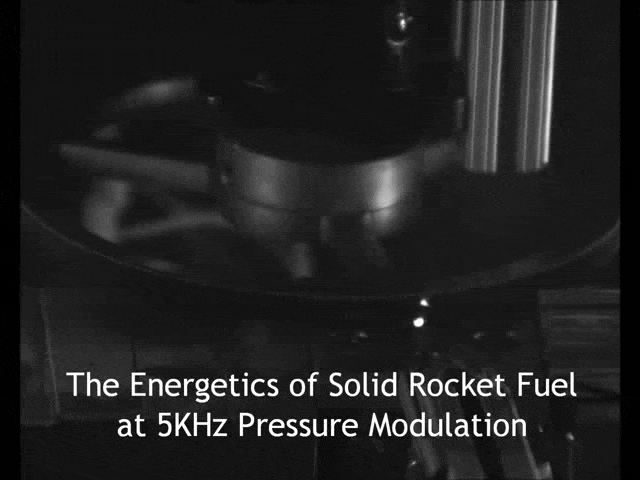
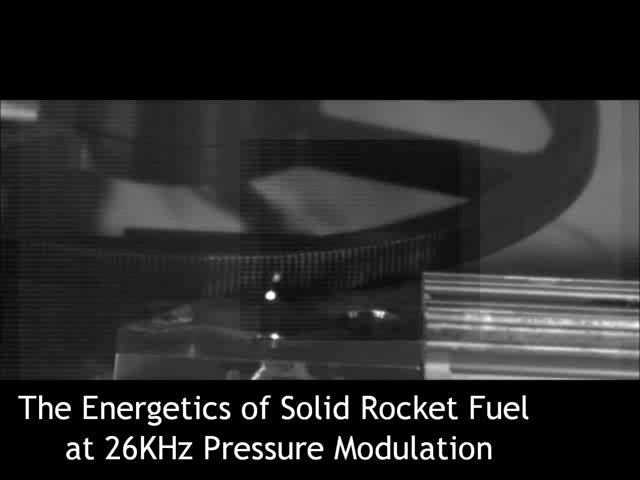
- These clips demonstrate two different frequencies of forced pressure modulation of the combustion chamber at 5,000 Hz and 26,000 Hz respectively.
- The spinning wheel is precision-made with 387 teeth and is hovered tens of microns above the nozzle of the combustion chamber. The tiny teeth block and unblock the nozzle as they pass. Each time a tooth crosses the nozzle, the exaust gas flickers
- The wheel can be spun faster than 3000RPMs, allowing for tunable pressure modulation in excess of 25kHz.
Motivation
- To develop a commercially viable method of measuring burning surface admittances of high-energy-density solid propellants at high frequencies and pressures
- Solid rocket engines are prone to high-frequency combustion instabilities that cannot be accurately predicted
- Current measurement techniques lack the ability to measure instabilities above 2 kHz
- The inability to predict and measure instabilities requires that all rockets be built and tested at full scale
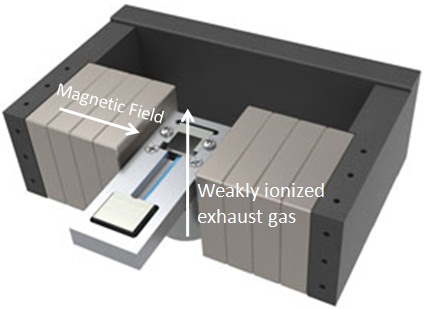
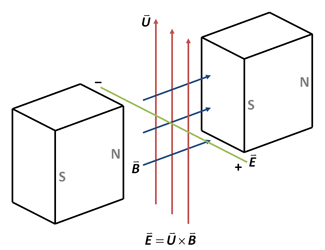
Approach
- Since combustion gases are weakly ionized, a large applied magnetic field induces voltage in sensing electrodes
- The measured voltage corresponds directly to combusting mass passing through the electrode plane
- To provoke instabilities, a precision made toothed wheel is spun at a tunable speed, covering and uncovering the nozzle up to 25,000 per second. Introducing large pressure oscillations at any desired frequency
Results
- Magnetic and electrode circuit have successfully measured mass-flow corresponding with pressure oscillations up to 26K Hz.
- Experimentation is commencing on different propellants with known instabilities
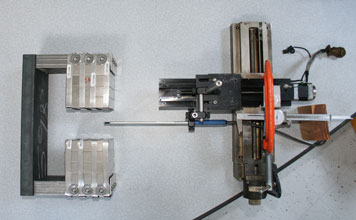

Leave a Reply
You must be logged in to post a comment.